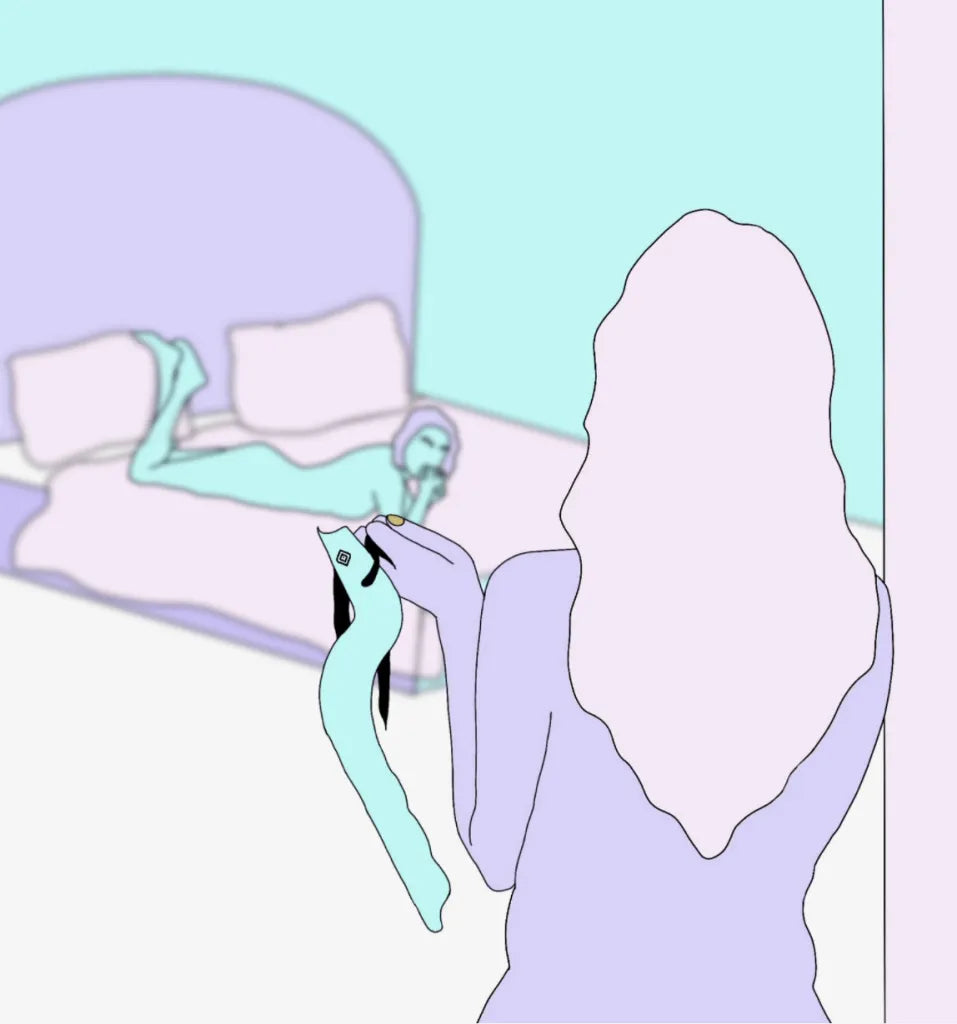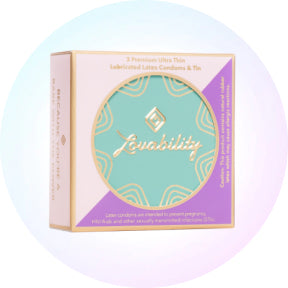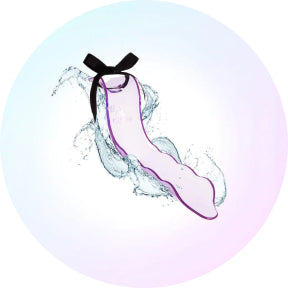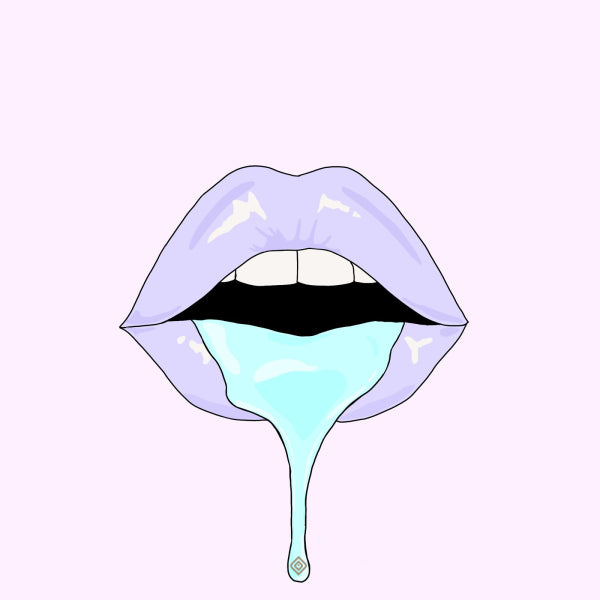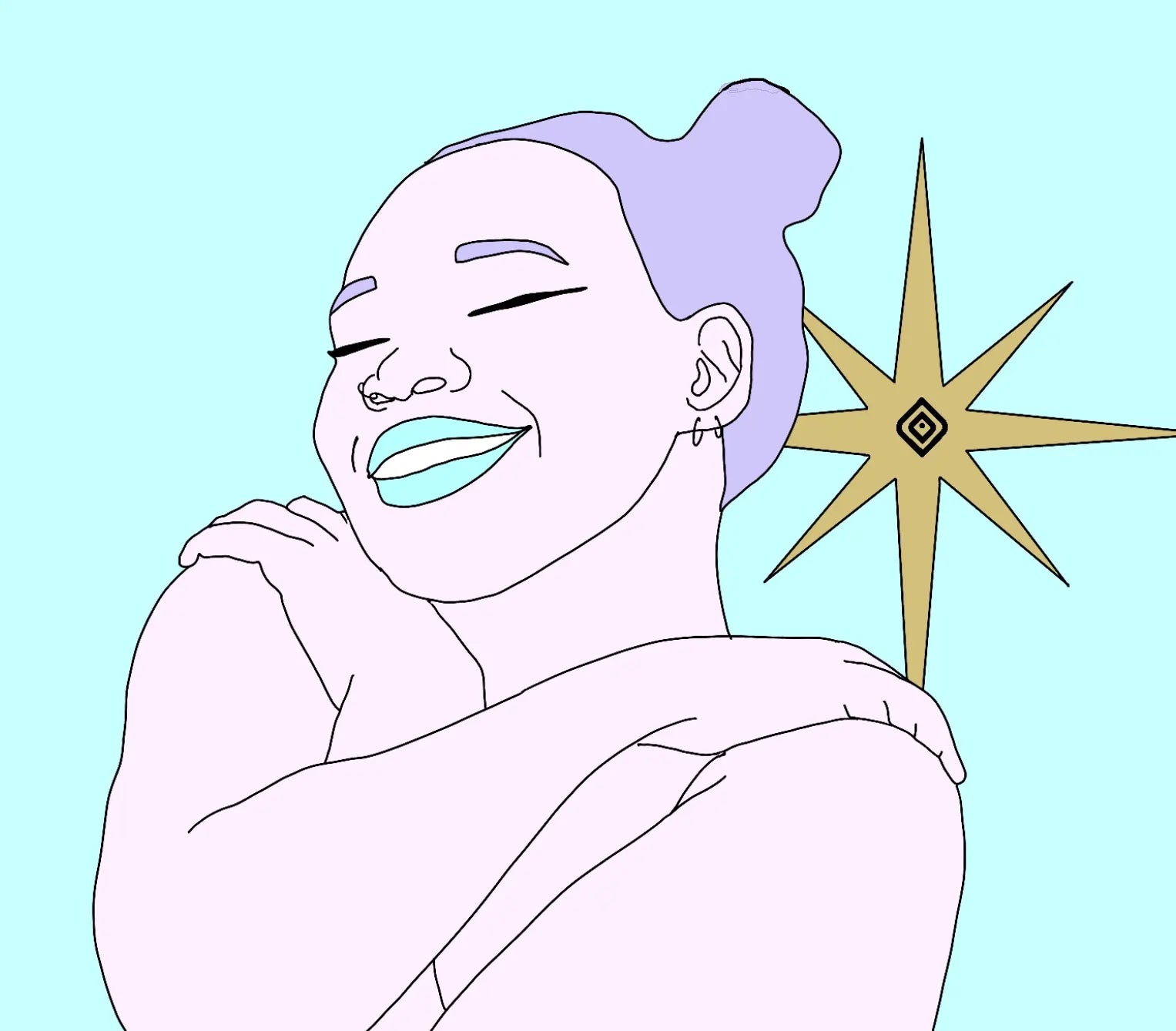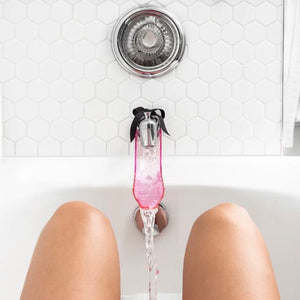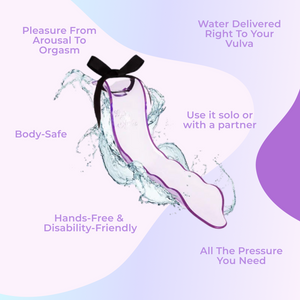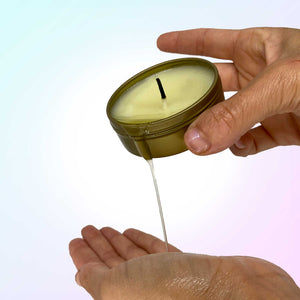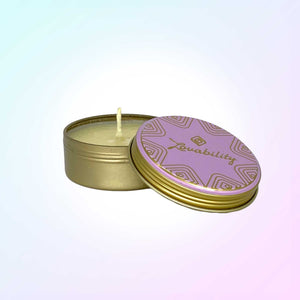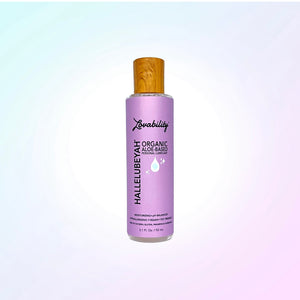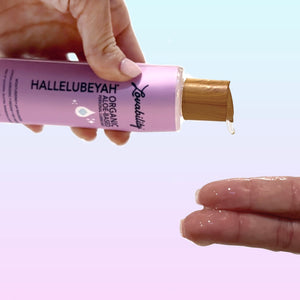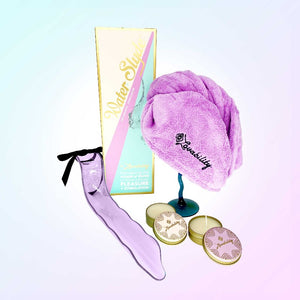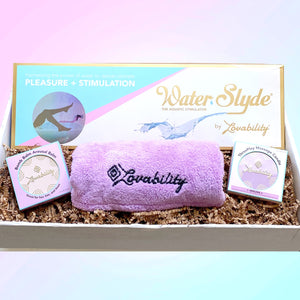“Eroticism is an aesthetic focus on sexual desire, especially the feelings of anticipation of sexual activity. It is not only the state of arousal and anticipation but also the attempt through whatever means of representation to incite those feelings.”
Recently I’ve been seeing a ton of confusion and stigma in exploring erotica, as well as the usage of the word “erotic.” I feel as though a ton of this backlash comes from a lack of knowledge about what erotica actually is, so I am here to clear the air.
What is Erotica?
Erotica, from the Greek eros, “love”, refers to works of art, including literature, photography, and painting, that deal substantively with erotically stimulating or arousing descriptions and images. It’s a more modern term (first seen in the 1620s and then popularized in the 19th century) used to describe the portrayal of human sensuality [or love] and sexuality with high-art aspirations.
Where Can I Find Erotica?
Today, erotica can be found in art, film, books, graphic novels, fan-fiction, and more. Erotica is all about you: what you want, how you want it, where you want it, and who you want to do it with (if anyone). It can also be a pathway through which you can explore, discover, and experiment with the boundaries of your fantasies at a pace that you are able to control. Exploring erotica also raises meaningful questions about the psychological, emotional, and sensual sides of sex; this allows us a chance to reflect on our understanding of sex and sexuality. It is arguably the safest way to explore your sexual fantasies and desires.
History of Erotica
Erotica, especially in art, has a looooong history, and one that might shock you. In ancient Greece and ancient Rome, erotic art was EVERYWHERE. When archaeologists first uncovered the remains of Pompeii, excavations revealed various statues, murals, and paintings, all highly erotic. In the Lupanare, one of Pompeii’s “pleasure houses”, they discovered wall paintings that depicted couples in various sexual positions. These images were supposedly used as a sort of sexual menu, showing the clientele exactly what was on the table.
Across the lands that once were part of ancient Mesopotamia, archaeologists have found plaques and statues (around 4,000 years old) that show couples in various acrobatic sex positions. For the Mesopotamians, it seems that sex was just sex and not something to be ashamed of. Yet for us, these images may come as an absolute shock and have been interpreted as perverse. The oldest depiction of erotic art that has been uncovered is more than 11,000 years old. It’s a 10cm tall statue of two lovers (known as the Ain Sakhri Lovers) found in a cave near Bethlehem and thought to be from the Natufian Culture of the ancient middle east. These are only a few examples. There are a TON more throughout history and across the world.
Erotica - Not Porn - For Arousal
I was first introduced to erotica when I discovered old romance novels tucked away in the back corner of my camp’s library. I was probably 15 or 16 at the time and was newly discovering myself and my body. Until that point, I was intensely uncomfortable with the idea of masturbating — mainly because of internalized gender stereotypes surrounding expressions of sexuality but also because I had been conditioned to think that masturbation implied watching porn.
Porn was most definitely not in my comfort zone, but after I found this book (Three Nights… by Debra Mullen) I was able to completely re-conceptualize my idea of arousal. As I transported into a fantasy realm and poured over page after page of the steamy love affair between two people in a small English countryside, I no longer associated my arousal with a sense of dirtiness or shame.
[I still have that book, and occasionally I will whip it out for a special treating-myself moment. I’ll fill the bath, light some nice candles, set my WaterSlyde up, sit back and enjoy as I read and re-read my favorite parts of the book. If you’re a clutz like me and worry about getting your book wet, you can also listen to erotic stories! There are a TON of apps, websites, and audiobooks out there for your listening pleasure :)]
Erotic Authors & Literature
Erotic writing is an amazing place to explore your boundaries and turn-ons. No, the category of erotic novels does not begin and end with 50 Shades of Grey. It comes in many forms: journals, novels, short tales, poems, books, or fan-fictions.
Here is a great list of 10 classic works of erotic fiction. A well-known publisher of romances and erotic literature is Harlequinn, a Toronto-based company with books written by over 1,200 talented diverse authors worldwide.
Writing your own erotica is great, too! There is no safer way to explore your desires.
One of our contributing writers, Lexi Sylver, is the Montreal-based erotica author of Mating Season and All the Queen’s Men. She writes stories about her own experiences from her kinky and unconventional lifestyle. Her mission is to promote empowerment and education by guiding you to shamelessly explore your sexuality — or as she says, your Lexuality.
Lexi Sylver on why writing erotica is important to her:
“Writing and reading erotica empowers me in ways that male-centric pornography never could. Unlike most mainstream porn, erotica allows me to experience a sexual world centered around a female perspective and female pleasure. I can create a Lexual universe that transcends mere physical pleasure, one which also encompasses emotional and intellectual elements that are at the core of my most fulfilling sexual experiences, and which are too often omitted in pornography focused primarily on male pleasure.
In my erotica, my female characters are empowered to explore their sexuality without shame, fear, or judgment. They’re unencumbered by conservative thinking, blazing a path of their own as they pursue their desires. In contrast to mainstream pornography, the women in my stories aren’t just objects of desire to be possessed by men. My female characters dominate, even in their willing submission, as they explore their passions with unrelenting ardor.”
As exploring erotica becomes more mainstream, amazing authors and creators like Lexi are rising to prominence. They are showing us all the wonderful ways that exploring erotica can help manifest our desires and empower ourselves.
An Outlet for Sexploration And More
You can utilize erotica as little or as much as you want. Dip a toe in by checking out some steamy novels, poems, artwork, audiobooks…whatever you desire.
I also strongly suggest writing / making / creating your own erotica. Whether in the form of a short story, a painting, a doodle, or an audiobook, erotica is a unique outlet for sexual exploration and expression.
If you don’t want to create your own erotica, there are great apps out there for audio erotica. There are also lots of erotic artists (both current and historic) whose works you can browse, for your viewing pleasure 😉
Exploring erotica is not something to fear. Think of erotic narratives of sex, intimacy, and sexuality as a means to imaginatively engage with feelings or thoughts about sex and power, masculinity and femininity. That’s especially true in the context of the private and public spheres of life.
Erotica shouldn’t be stigmatized either — it should be celebrated. You do not need to learn about your desires, likes/dislikes, and sexual boundaries through trial and error – especially if you are not with someone you trust and with whom you can communicate effectively? Rather, let’s use erotica to explore boundaries at a pace you control.
About The Author
A senior double Anthropology and Women’s & Gender Studies Major at Kenyon College in Ohio, Liza Brilliant (@brill.ant on Insta) is devoted to destigmatizing conversations around sexuality and promoting healthy, sex-positive femininity. Liza hopes to one day work in law and public policy, specifically around destigmatizing and decriminalizing sex work. She firmly believes that sex-positivity has the power to influence broader political and social norms, changing the world one orgasm at a time.
More Articles You Might Love
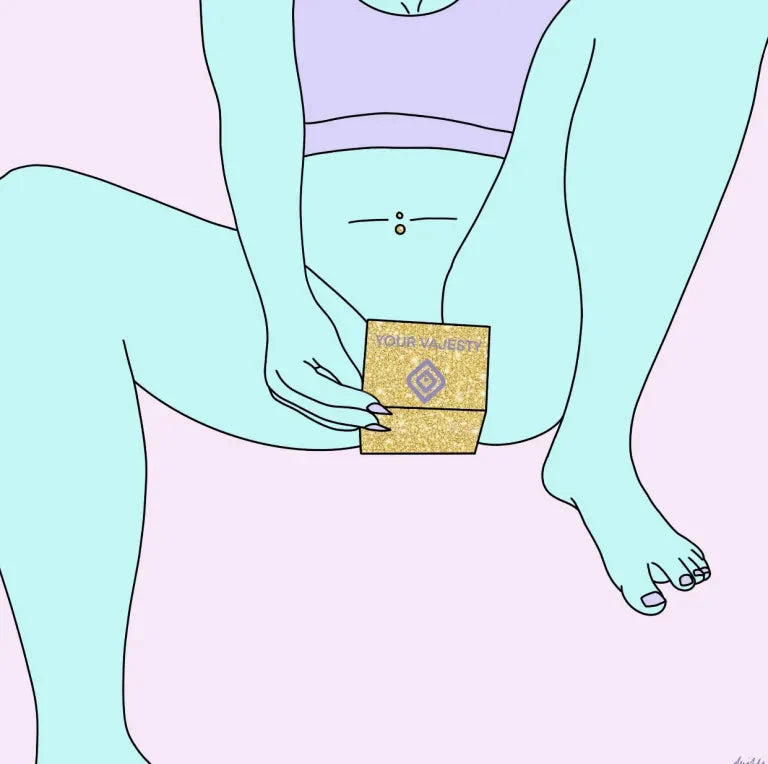
Get To Know Your Vulva
